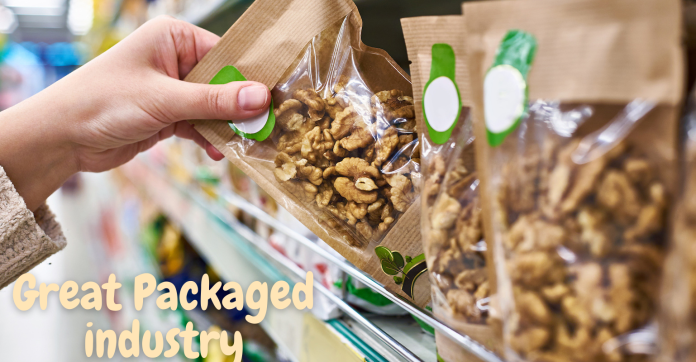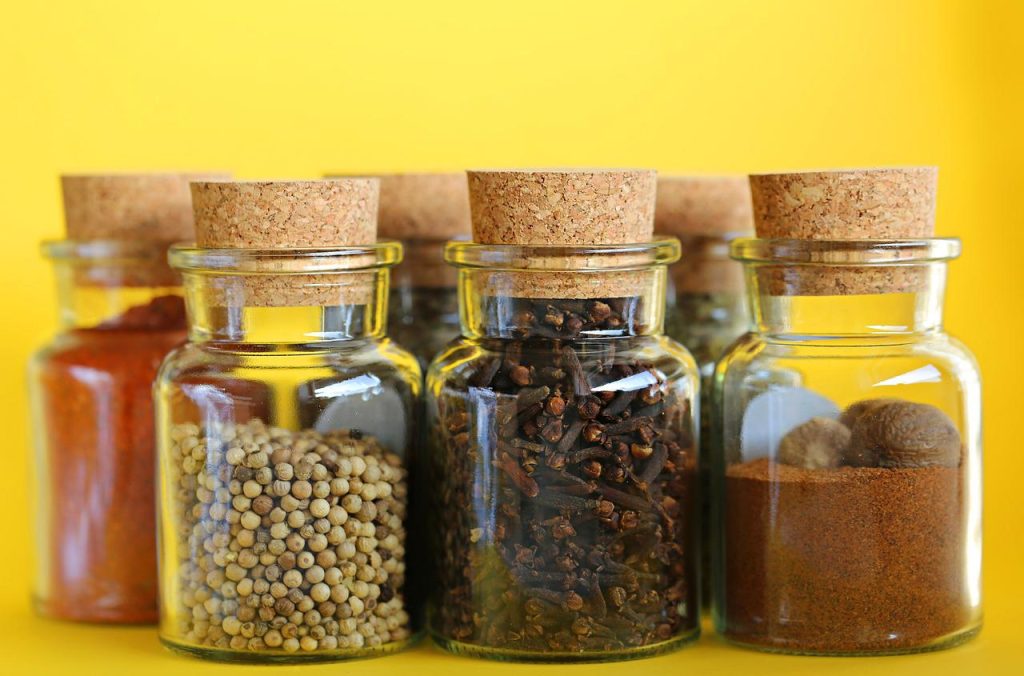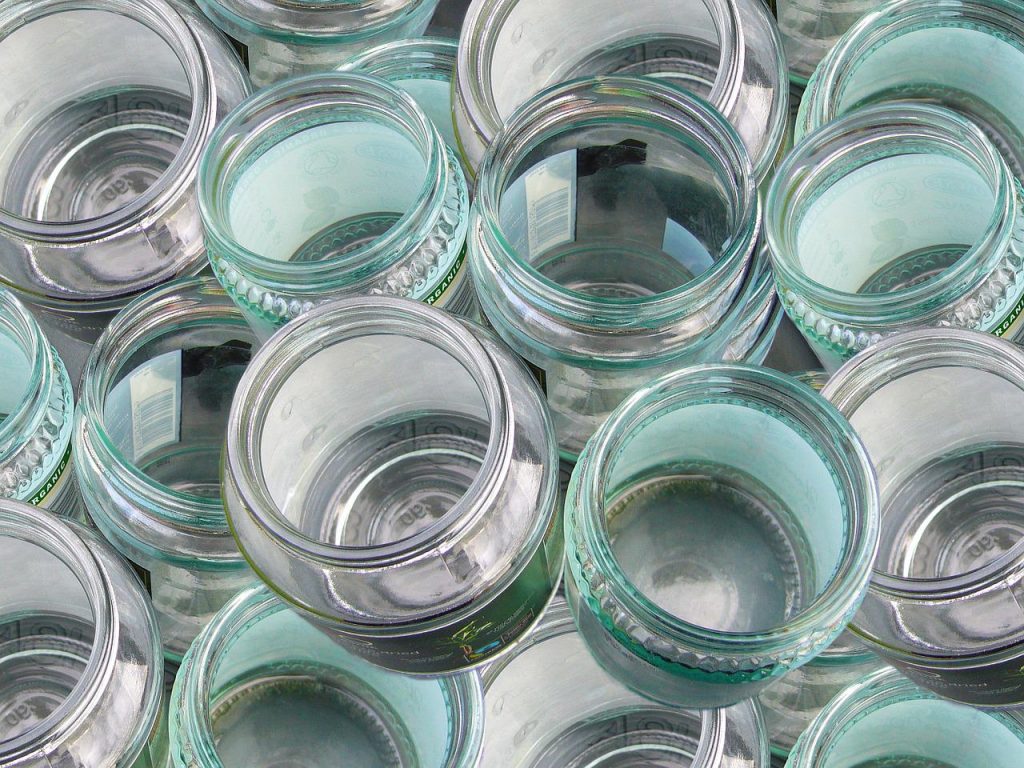
The term ‘bottled’ or ‘jarred’ refers to the containers used to package food items. It is used to refer to the different types of packaging, including plastic, aluminum, glass, and metal. Listed below are the different types of containers used for different types of food items. To better understand each type of container, read on. Listed below are a few of the most common kinds of jars used in the food industry.
Plastic bottles
Compared to plastic packaging, bottled and jarred packaged goods are more eco-friendly. Bottles are made of natural raw materials, and glass is able to be recycled at low temperatures.
The bottles do not degrade in the process of recycling. Jars are recyclable, and their lids are superior in sealing. These advantages make bottled and jarred goods a good choice for packaging many different types of products.
Aluminum containers

The aluminum container is one of the most common types of packaging used in the food and beverage industry. Its lightweight, corrosion-resistant, and sanitary properties make it a smart choice for food packaging. It is also less expensive than glass or plastic and can be easily recycled. Aluminum is also safe to use when it comes to packaging food and beverages, as it will not react with them. This makes it a smart choice for bottled and jarred packaged goods.
Plastic jars
Many businesses and restaurants find it advantageous to use plastic jars for their packaged goods. These jars minimize shipping space and ensure the safety of their products. They also allow businesses to easily ship wholesale items.
Plastic jars are also convenient for storing and shipping food and other bulk items. They can be used as storage and shipping containers, and are often made from high-grade materials. Listed below are some of the advantages of using plastic jars for your packaged goods.
Food jars
The popularity of bottled and jarred packaged foods has increased tremendously, but this trend is not without its problems. For consumers, jarred and packaged foods may cause more problems than they solve.
Whether you are concerned about the environment, budget, or taste, the decision is entirely yours. Here are some of the common issues that may arise from packaged food jars. Listed below are some of the most common issues and how consumers can fix them.
Reusable jars
Reusable jars for packaged goods are a great way to reduce waste and promote environmental consciousness. Most of these jars are made from recyclable materials such as glass and aluminum. However, if you’re looking to save the environment while making your product more appealing to consumers, consider a reusable plastic container.
Parkway Plastics Inc. is one manufacturer of reusable plastic containers that helps brands transition away from single-use packaging. The company suggests using polypropylene jars as these materials are more durable than other types of plastics. Plastics with recycling codes 2, 4, and 5 are also generally safe for reuse.
Recyclable jars

There are several reasons why using recycled plastic jars is a good idea. Glass bottles are lighter, cheaper, and offer a better appearance than plastic, but plastic packaging has contributed to global warming, and it is also a source of solid waste.
The environmental benefits of using recycled jars are substantial. Plastic packaging can be disposed of in municipal recycling bins for free. Recycling coordinators in your area can help you determine which kinds of recyclable plastic containers are acceptable.
Commercially sterile
Most bottled and jarred packaged products are sterile. These products have been processed and packed in an airtight container to destroy any harmful microorganisms. In addition, they are shelf-stable and contain preservatives. Heat processing does not destroy all harmful microorganisms. This is one of the advantages of bottled and jarred packaged goods in USA. For example, jarred ice cream is not affected by temperature changes.
Convenience
The growth of bottled and jarred items is predicted to be the highest in the Food and Beverage industry. With people leading busy lifestyles, it’s not always possible to prepare meals in advance. Prefabricated food in jars and bottles provides convenience and flexibility. It also has advantages over preparing meals from scratch, such as a longer shelf-life. However, these conveniences come at a cost.
Cost
The jarred and bottle packaging industry accounts for a substantial portion of the global economy. Exports of bottled and jarred goods topped 2.5 billion liters in 2017, generating $44 billion in revenue. By 2021, the global market for bottled and jarred packaged goods is expected to reach USD 62 billion.
The jarred and bottle packaging industry are the predominant components of grocery store packaged goods. Many consumers choose jarred foods over bottled products because they contain more minerals and vitamins.
Read Also: How To Buy Bottled And Jarred Packaged Goods








